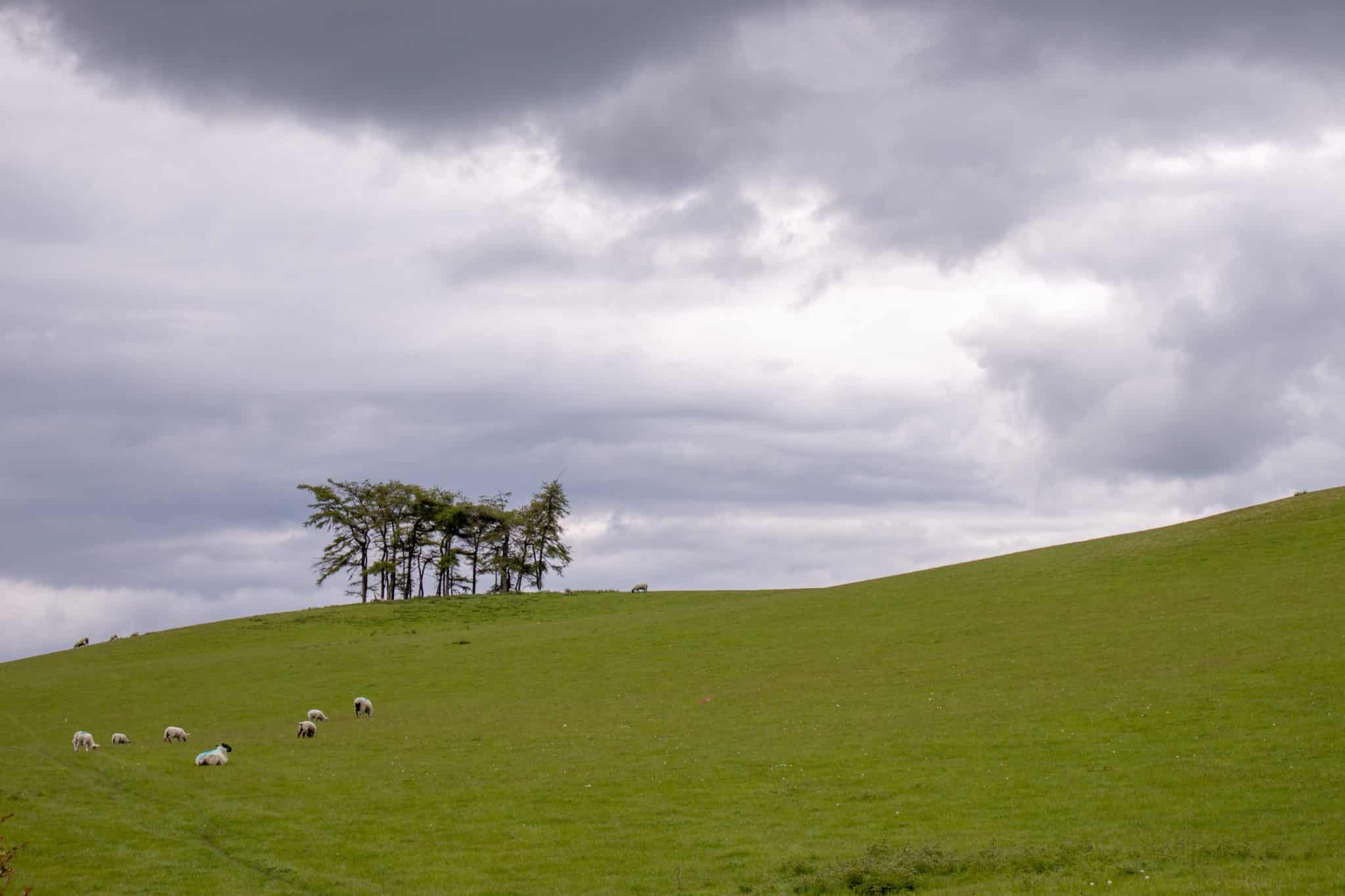Last week, 6,500 farmers, consultants, carbon and biodiversity traders, and philanthropists gathered in a field near Stevenage for Groundswell, the annual festival of regenerative farming. There were demonstrations of direct drills sowing seeds straight through soil-protecting ‘cover’ crops, discussions of water meadow restoration, woodland pastures, and veteran trees, and a debate on the desirability (or not) of legal standards for that wonderfully broad and worryingly ill-defined term, ‘regenerative’. There was also talk of how these practices can be funded.
There is a growing expectation that, in our post-Brexit, market-dominated world, taxpayer funding for better farming will be gradually replaced by a market which trades carbon and ‘biodiversity net gain’ credits like commodities. If your flight emits a tonne of carbon, you will be able to pay a farmer to offset it by improving their soil or planting trees. If your brand is threatened by its poor environmental practices, buy your virtue back by paying a farmer to rewild. If your development destroys the habitat of a newt or bat, pay a farmer to create species-rich meadows, wetlands, or woods on their land instead.
Environmental benefits will be quantified, bundled, and traded between those able to provide them most cheaply, and those willing or obliged to pay the price. The worst farmers are likely to benefit the most, as they have already destroyed their land’s natural assets and ecosystems, and are now working with a blank slate – including impoverished soil with a greater scope to sequester carbon, because so much has already been removed. Some cynical farmers are actually delaying making improvements, in the belief that they will be paid more for restoring later. The trade will be lubricated by the numerous market-makers jostling for position in this slippery snake pit of an emerging market.
Some, like myself, question the very idea of tradeable ‘ownership’ of these benefits of the natural world, and the morality of quantifying them for sale. But even if you do buy the premise, there’s still the challenge of objectively measuring such benefits. How do you value an earthworm, relative to a barn owl, relative to a mole, in one universal, tradeable biodiversity metric?
Greenhouse gas emissions have a broadly accepted metric, in tonnes of CO2 equivalent. But when it comes to measuring the carbon in soil, and thereby rates of sequestration (i.e. removal from the atmosphere), we are nowhere near achieving the consistent measurements that functioning markets require – contrary to the claims made in several talks at Groundswell.
Like any currency, value will ultimately be determined by credibility, and the confidence of buyers. I admit to emotional bias; this market fundamentally insults my soul. But with our and many other governments wedded to market-based solutions, this is the only show in town – so those with a sensible nose will hold it and trade. It might be better than nothing. Or, if the history of carbon markets is a guide, it might turn out to be a waste of the little time we have left.










0 Comments